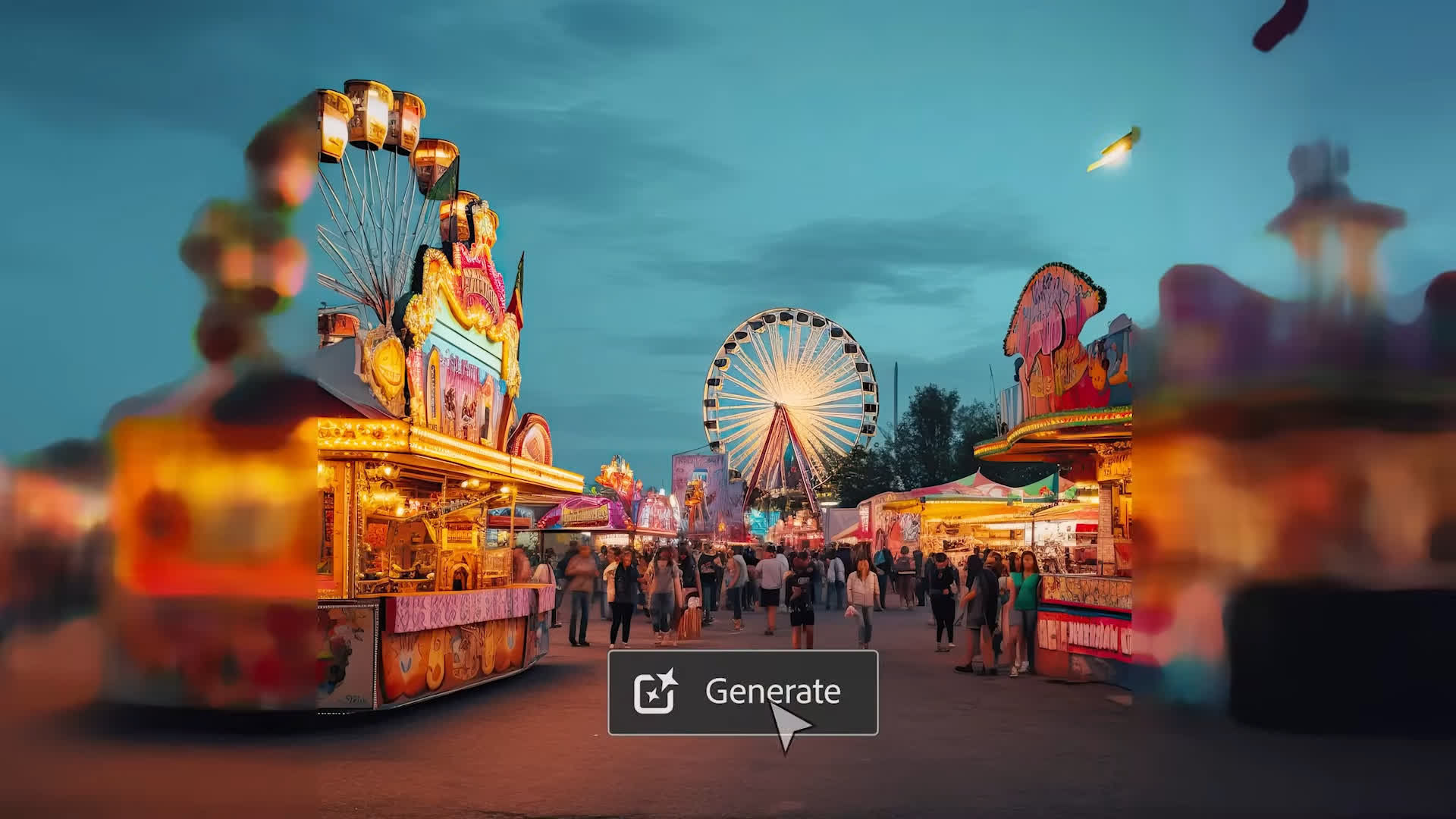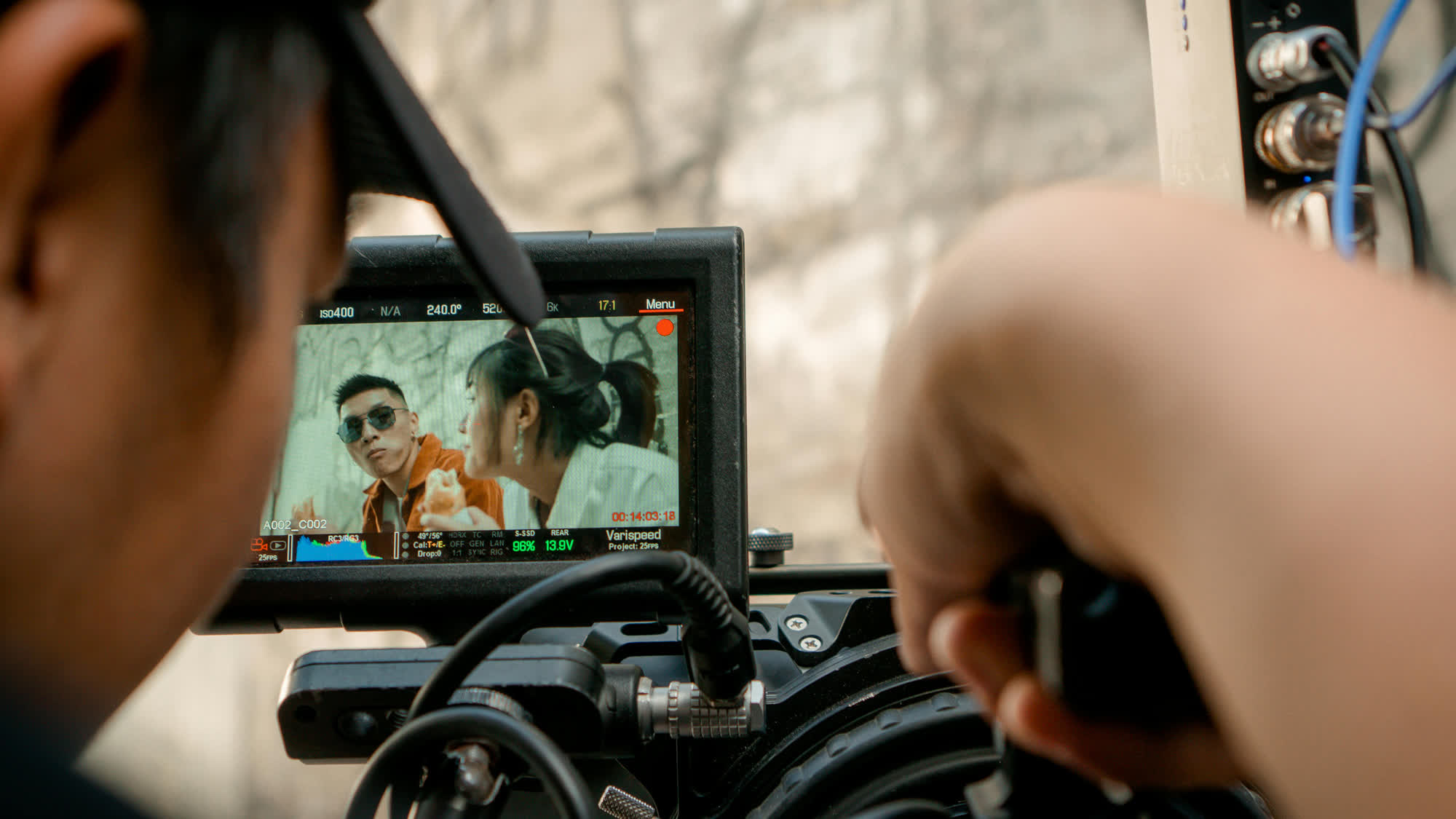In a nutshell: Adobe is working on an artificial intelligence-based text-to-video generator similar to what OpenAI introduced earlier this year. Documents viewed by Bloomberg indicate the company is offering to pay artists and photographers to capture videos of individuals engaging in mundane tasks like walking and showing basic emotions such as happiness or anger. The software specialist also wants clips of folks interacting with various objects like smartphones or fitness equipment, the publication added.
Copyrighted material is off limits, as is footage containing nudity or other inappropriate or offensive content.
Adobe is prepared to pay up to $120 for original footage, which works out to an average of about $2.62 per minute (but could also be as high as $7.25 per minute) of submitted footage, Bloomberg posited. Previously, the software maker has paid content creators between six cents and 16 cents per static image for photos used for artificial intelligence training purposes. It remains to be seen whether or not creators will bite, as some are already voicing concerns that Adobe is not paying enough for its training footage.

OpenAI introduced its Sora tool in mid-February. The new generative AI tool is capable of spitting out realistic 1080p video clips up to 60 seconds in length based solely on text prompts. It can also fill in missing frames from existing videos, and even turn out clips in varying styles such as animation or in black and white.
Samples shared by OpenAI were incredibly impressive at first glance although upon closer inspection, telltale signs that something is not quite right start to surface.
While not perfect, Sora was enough to spark concerns among investors over the potential to disrupt the long-standing creative software leader. A quick look at Adobe's share price validates the worry, as the stock has lost more than 16 percent of its value since the beginning of the year.
When pinged for comment, Adobe pointed Bloomberg to a previous statement regarding its stance on video generating features.
Image credit: Le Minh
